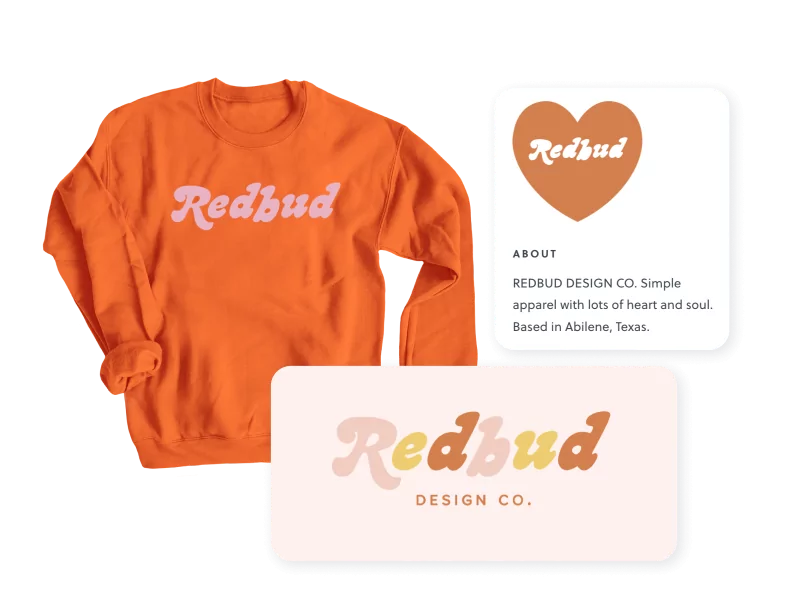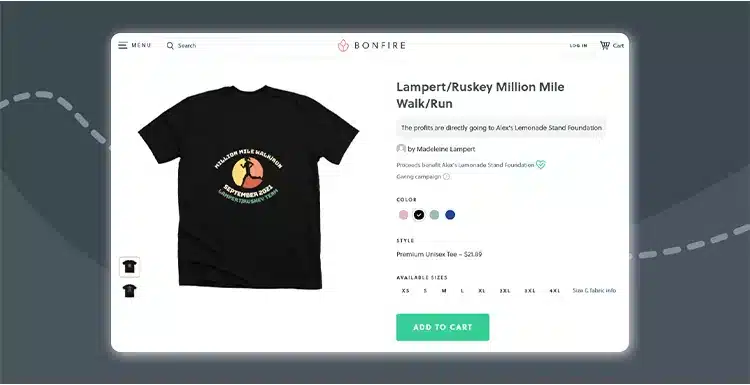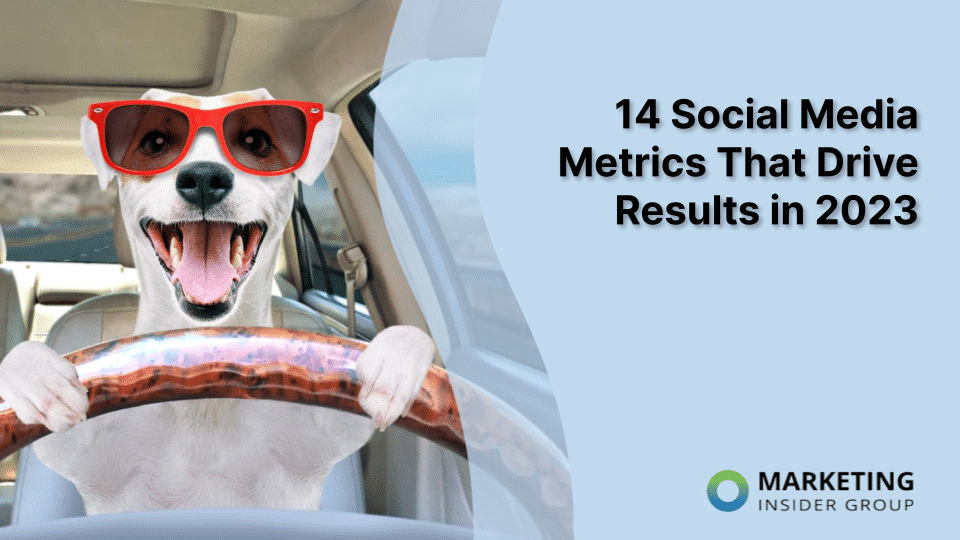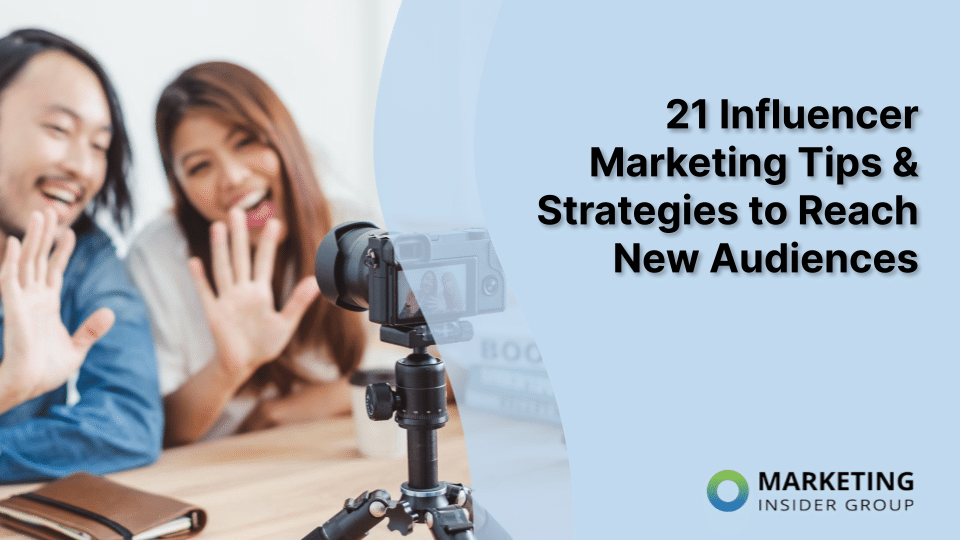
3 Strategies for Revamping Your Promotional Metrics
Some aspects of your business are easier to measure than others. Revenue, expenses, and customer acquisition can all be gleaned from sales figures and budget reports, whereas metrics such as customer satisfaction can be determined through surveys and qualitative data.
But are these metrics actually helping improve your business? How can you be sure that your marketing strategy is getting to the right customers and sharing the right messages? Many promotional metrics look at overall engagement volume, which only looks at part of the picture of your marketing strategy. How do customers feel about your products? How are your products being talked about?
To help revamp your approach to measuring your marketing strategy, this article will explore three new promotional metrics:
- Net Promoter Score
- Social Media Engagement
- Influencer Support
Metrics you are likely already using, such as traffic and clickthrough rate are still useful, and using additional metrics can help supplement their data. When used alongside your other metrics, your business can begin to take a holistic, modern, and community-oriented approach to marketing.
1. Net Promoter Score
Most consumers don’t take ads at face value. Instead, they’re far more likely to believe a product is worth the hype when rave reviews come from their friends and family rather than a business they’re unfamiliar with. Word-of-mouth is one of the most powerful marketing tools across multiple industries, and you can measure it by tracking your net promoter score.
Net promoter score measures customer experience and provides an estimate of how likely customers are to speak positively about your business. You can discover your net promoter score by adding a question to your satisfaction survey asking customers how likely they are to recommend your product or service with a number of 1-10.
You can then calculate your average net promoter score by dividing responses into three groups:
- 0-6: Customers who respond with a 0-6 are detractors and may speak negatively about your business.
- 7-8: Customers who responded with a 7 or 8 are passives. These are generally customers who had a fairly positive experience with your business but may not feel the need to go out of their way to continue their relationship with your brand.
- 9-10: Customers who respond with a 9 or 10 are promoters, who had an exceedingly positive experience with your business and are likely to enthusiastically recommend your business if an opportunity ever arises.
Calculate your net promoter score by subtracting the number of detractors from the number of promoters. This means your net promoter score can be in the negatives, and if that’s the case, it’s a sign you’ll need to reassess your customer experience practices.
You can improve your net promoter score by taking a closer look at the customer feedback collected in your satisfaction surveys. Look for common pain points that many customers experience, such as a suboptimal online ordering experience, poor packaging, or frustrations with customer service. Each of these factors might seem small but can ultimately add up to determine whether a customer becomes a promoter or a detractor.
2. Social Media Engagement
Social media has transformed how consumers shop, with surveys showing that up to 80% of users report that seeing a brand on social media influenced them to make a purchase. With internet native generations, Millennials and Gen Z, beginning to make up the bulk of the modern workforce, few businesses can ignore how their social media posts are performing.
Each social media platform has its own analytics tools, but you can measure your engagement rates on most platforms by looking at your:
- Comments, likes, shares. Comments, likes, and various forms of sharing posts are the most straightforward way to measure engagement. Research the platforms you regularly post on to discover what types of interactions best drive their algorithm. For example, Twitter prioritizes engagement, which means lots of comments can get your post more attention. You could then use this information to create promotion tweets that prompt questions, such as asking what designs customers might want to see on a t-shirt.
- Direct outreach response. Platforms that allow direct messaging can be useful for building relationships with customers. For example, after a customer comments positively on one of your posts about a product they just bought, you can message them directly to thank them for their purchase and promote other deals. Many strategies you use for email marketing can also work for direct social media marketing, though keep in mind your messages will likely need to be shorter and to-the-point.
- User-generated content. You can see your net promoters in action by monitoring user-generated content. These are posts that your customers make of their own volition about your products and services. These might be in-depth reviews or simply a photo of themselves wearing your branded merchandise. While you can’t respond to every tweet or Facebook post, keeping an eye on the general conversation around your brand can be essential for your future marketing campaigns.
To grab the attention of potential customers scrolling through social media, ensure your branding is immediately recognizable. Customers unfamiliar with your brand should be able to make connections between different variations of your logo with ease, whether it’s featured on a promotional post from your business or is printed on a t-shirt an influencer promoting your products is wearing.

You can also connect with customers who first got involved with your brand through other channels on social media, as well. Try using a social media append to discover what platforms your current customers use, what types of content they interact with, and how your brand could potentially appeal to similar potential customers on that site.
3. Influencer Support
Influencers exist in nearly every field, from the performing arts and nonprofits to financial management and fitness. With the importance of social media and word-of-mouth marketing, you can leverage both approaches by partnering with a trusted influencer in your industry who has a large following.
Estimating how successful an influencer’s support will be requires taking a close look at their audience. For instance, an influencer with legions of fans whose primary content is only tangentially related to your business may have strong marketing strategies but lack connections to the correct audience, whereas an influencer with a more niche audience may have fewer followers but a higher percentage of them will be interested in your business.
After partnering with an influencer, you’ll also need to give them the tools they need to successfully market your products. This could include a script to read aloud, affiliate links to your product pages, and sample images of your products. Additionally, ensure your product pages are also professionally designed and ready to see traffic from new audiences who are otherwise unfamiliar with your brand.

You can measure your influencers’ impact by looking at website traffic, using tracking links, and monitoring overall sales. Additionally, keep an eye on your reviews after bringing in an influencer, as you may see an influx of comments from their audience.
More involved influencers may be able to help your business in other ways, as well. For example, a business that sponsors a nonprofit’s charity walkathon might ask influencers they’ve partnered with to participate. Or some brands may even invite influencers who have reliably promoted them to even design custom versions of their products, such as apparel, water bottles, mugs, and other items.
Your marketing strategy is always evolving, and how you measure it should evolve right alongside it. Social media and referrals are two of the most important forces in marketing, and your business can make the most of them by staying up to date on the latest trends and keeping a close eye on your new metrics.






